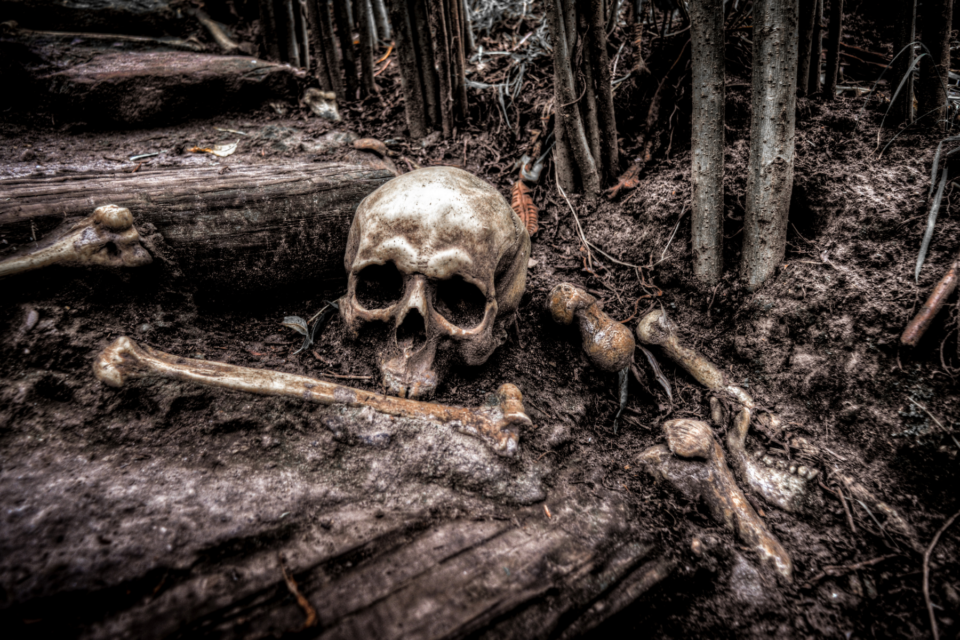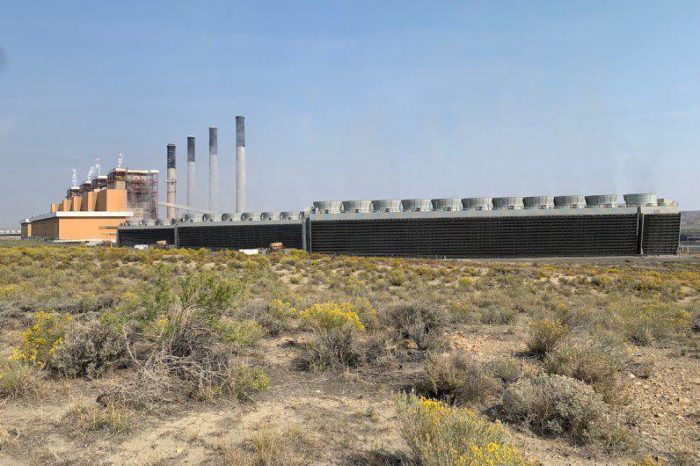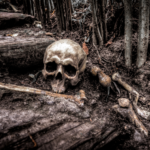Previous legislation establishes process for discovery of historic human remains

Imagine digging in your yard when you unearth what appear to be human bones.
What’s your next step? Of course, law enforcement is your first call, but legislation enacted in 2019 provides a process for what happens next.
Senate file 78 outlines how human remains are addressed when found on private and state property in Wyoming. In a typical case, law enforcement is contacted by the discoverer(s) to secure the area, the county coroner determines if the remains are relevant to an ongoing criminal case, and the Wyoming State Archaeologist is called in if the remains are historical in nature.
The state archaeologist consults with the coroner, land owner, and in some cases Native American tribes to determine what happens next.
In all cases, the State Archeologist’s first priority is ensuring the integrity and respectful treatment of the remains, either through preservation in place or systematic excavation.
Human remains are often discovered during construction projects that pose further threats to the integrity of the burial palace, and in these cases human remains are usually exhumed.
The State Archaeologist determines as soon as possible if the remains are Native American. If so, the State Archaeologist meets with the tribes of the Wind River Reservation to determine which steps should be taken.
S.F. 78 has already been called upon to address human remains discovered in four Wyoming communities since the beginning of 2020.
For instance, in April, 2020 utility workers unearthed the bones of a small child in the backyard of a Cheyenne residence, bones that the State Archaeologist determined came from a simple, shallow grave exposed in the wall of a utility trench. With help from local historians, the State Archaeologist determined the bones were associated with Cheyenne’s ‘Old City Cemetery’, a burial place used between 1867 and 1875 by early residents and later built on top of by expansion of the city in the early 20th century. The remains are intended for reburial in Cheyenne’s Lakeview cemetery.
In Glenrock, the State Archaeologist responded to the discovery of dispersed human remains in a residential lot being developed in April, 2020. Through extensive excavation, historical research, and intensive laboratory analysis, the State Archaeologist and local historians determined the individual was a U.S. military cavalryman who died at an Oregon Trail stop called Deer Creek Station in 1865. The bones are intended for reburial at an as-yet unknown location.
The recovery, reporting, and reburial of human remains is a time-consuming process involving a wide diversity of stakeholders. On top of that, maintaining respect for the remains must remain a high priority. “Throughout this process, it’s important to maintain reverence for the deceased and any potential descendants,” State Archaeologist Spencer Pelton says. “Depending on the circumstances, there could be a couple dozen stakeholders invested in the findings and reburial of these discoveries and it’s important that we serve as respectful stewards of these remains until they can be reinterred.”
S.F. 78 is currently unfunded, so the State Archaeologist relies upon volunteers and interested members of the public to fulfill its mandates.


